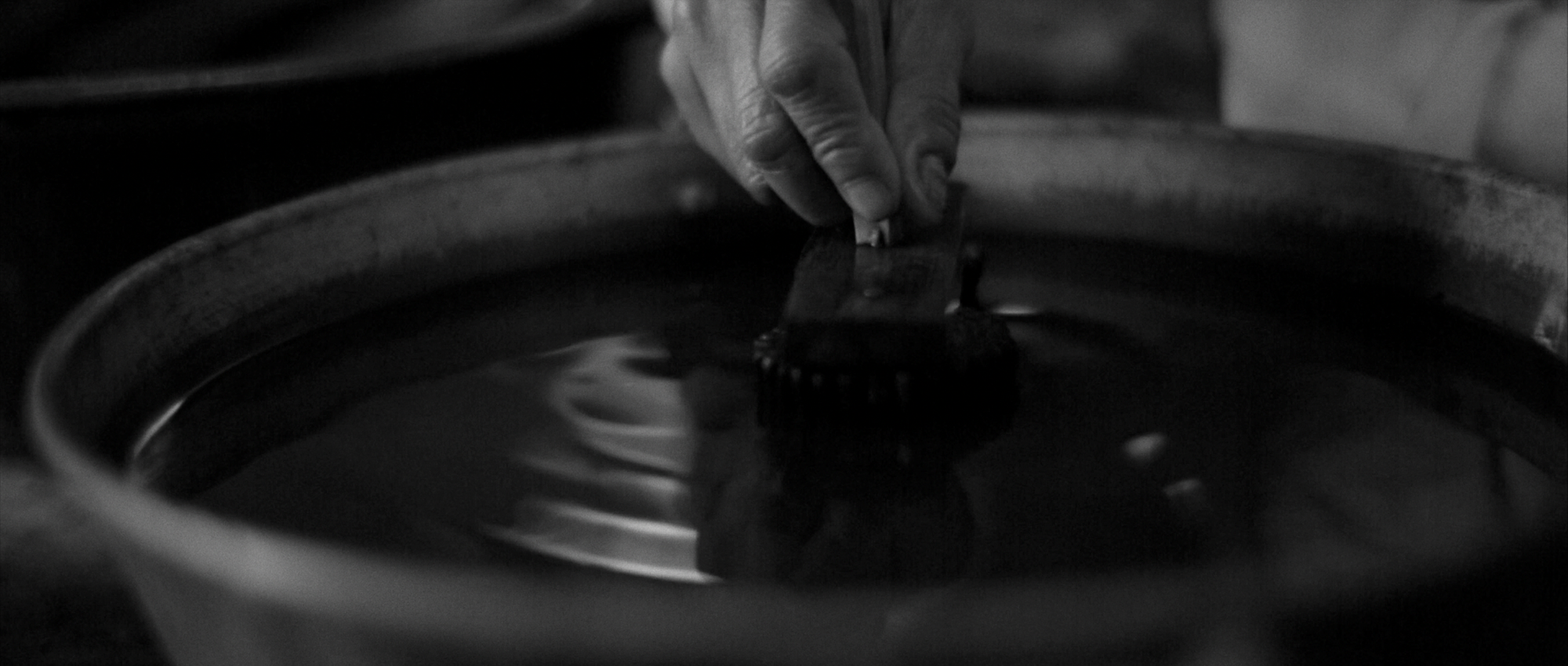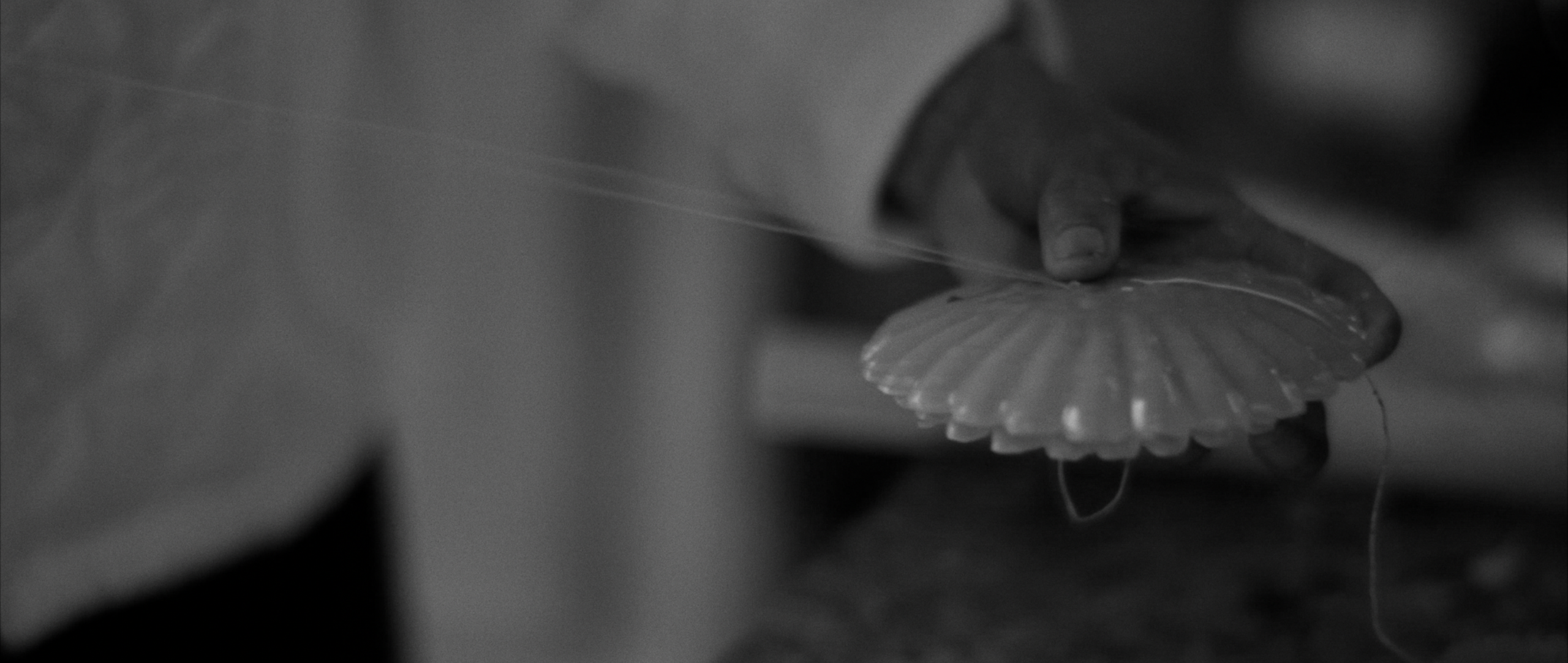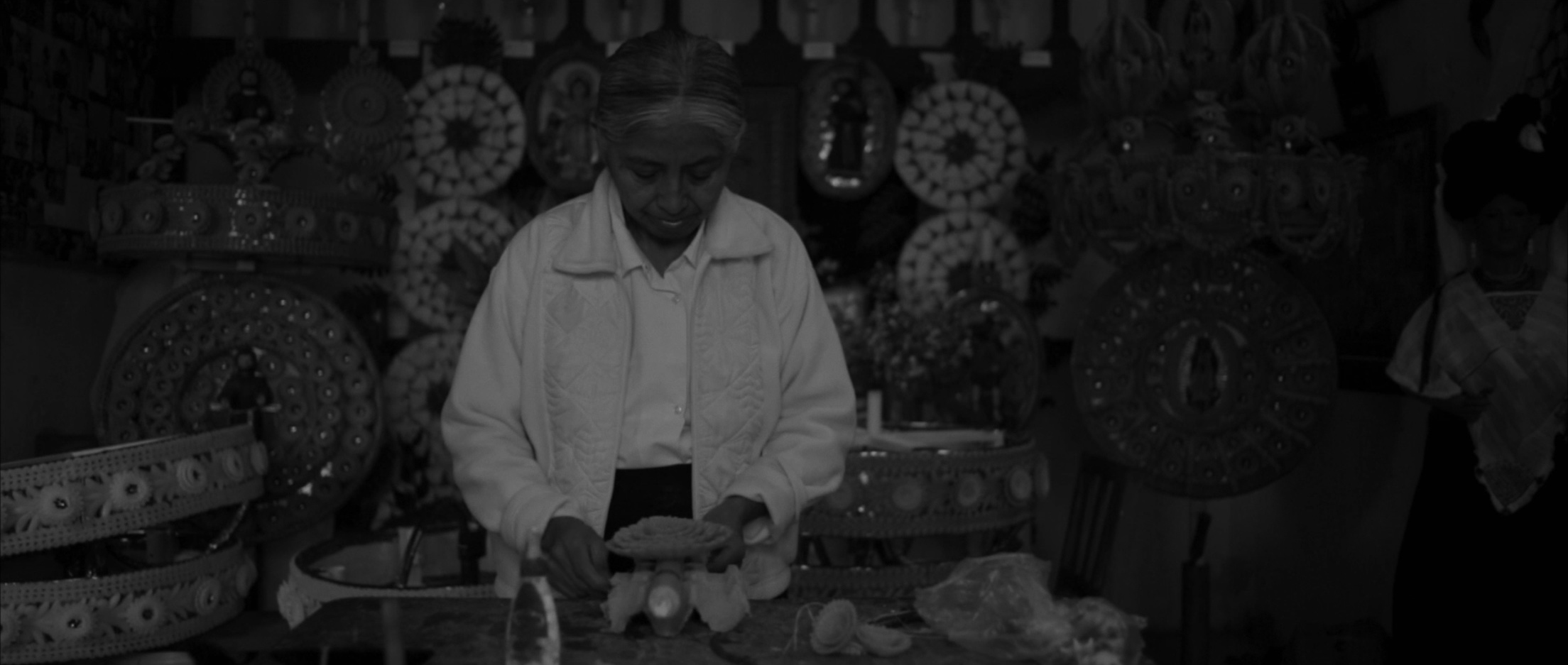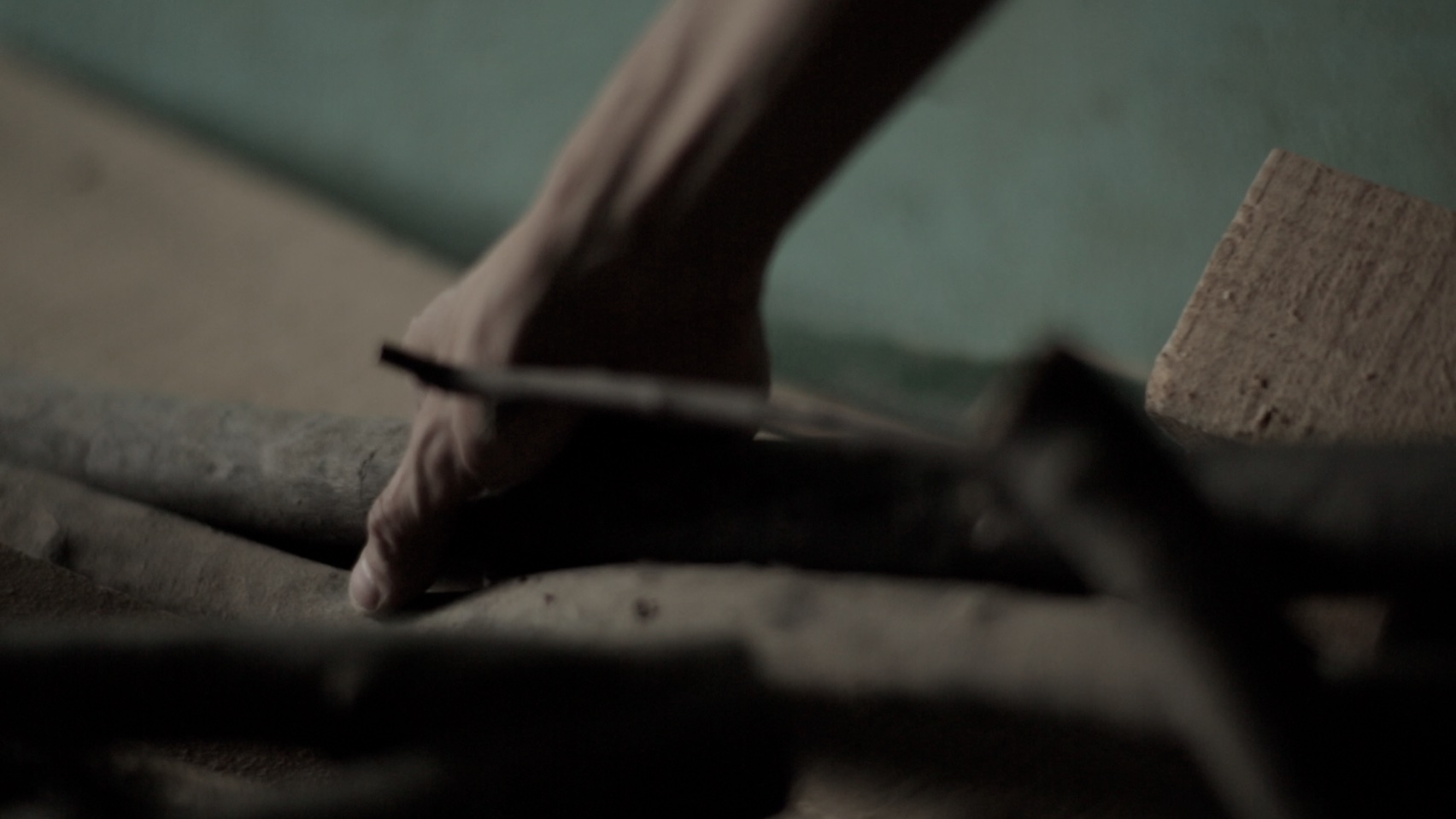Craft wax, beyond the simple act of making candles, represents an artistic and spiritual expression deeply rooted in Mexican traditions. This ephemeral art not only illuminates religious rituals and popular festivities but also ignites the collective memory of indigenous and rural communities that have preserved its practice through generations.
Since time immemorial and in all human settlements, fire has been an indispensable element of ritual, and in Mexico this diversity and mastery of materials and forms is unique.
Craft wax is a symbol of cultural identity, an artisanal legacy, and a form of communication with the sacred. This essay explores its ritual significance, its historical evolution, and its significance as a popular art, taking as a reference the remarkable work of the Méndez Nava family in the Sierra Norte of Puebla.
Craft wax, in its most basic definition, consists of the art of working with wax, especially for candlemaking. However, its symbolic and spiritual scope makes it a much more complex practice. Since pre-Hispanic times, wax has been used by Mesoamerican cultures, not only as a raw material for lighting, but also in artistic techniques such as “lost wax” in jewelry..

With the arrival of Christianity, wax took on a new meaning: representing the flesh of Christ, which gave it a sacred place within Catholic worship. For centuries, the Church prescribed the use of pure wax in its candles, reinforcing their symbolic and ritual character. At the same time, indigenous communities adapted this substance to their own religious traditions, integrating it into festivities such as the Day of the Dead and Holy Week. In these contexts, the candle is not only a functional object, but an offering, a channel of communication with the dead, the saints, and the divine.
For a long time, the Church mandated that church lights should be made, for the most part, of pure wax.
One of the greatest contemporary exponents of this art is found in Cuetzalan, Puebla, where the Méndez Nava family has preserved and transformed the wax-making tradition. Don Eugenio Méndez Nava, winner of the 2015 National Prize for Popular Art, began this work at a young age, hoping to support his family and revive a craft that was threatened with extinction. Through his dedication and creativity, Eugenio managed to revitalize the candle industry, teaching new generations and creating pieces that have even been exhibited in museums.
When Eugenio was 25, he realized that the candle factory was about to be lost because the only ones who knew how to make the pieces were already very old, and if they died, no one in their community would be able to continue the tradition. So he decided to revive the craft and put his stamp on it, which has characterized his workshop over the years, making it one of the most well-known and visited.
Later, Doña Inés Méndez Nava was entrusted with carrying on the family tradition and was the head of the workshop until her death last year. However, today, the legacy continues, and they continue to create structures with reliefs and sculptural details, which give them a three-dimensional form, uncommon in sculptures.
“In our community, the use of wax is very important because we use it in different ceremonies and festivals dedicated to community patrons… this tradition has been passed down from generation to generation, and in our community, wax is used for celebrations of ancestral origin, such as the one dedicated to Saint Francis of Assisi, and the stewards are in charge of making the candles that are offered,” Doña Inés said.
The craft wax practiced by this family goes far beyond an artisanal technique. Each candle, or cirio, is an ephemeral work that integrates theological symbolism, popular aesthetics, and community devotion. The stewardship candles, for example, are composed of seven symbols representing the Trinity, the cardinal points, the world, and the universe. The central figure varies depending on the festival: a Virgin, a Christ, or a saint.

Doña Inés Méndez was an expert in the process of making flower crowns. It is a slow, artisanal process that requires a lot of work, dedication, and creativity. The paraffin is melted in a small container, then a wooden mold in the shape of a flower or leaf is inserted. It is removed and placed in a container of ice water and quickly removed. This process is repeated one to three times depending on the need and the thickness required. The flower is removed from the mold with the help of cold water. Once the flowers are finished, they are placed on a rack. The petal outlines are then lightly dipped in the hot, natural-colored paraffin and immediately passed through the glitter of the desired color.
To attach the flowers, hold the flower by the top and dip the tail into the hot paraffin to soften it. Cut off the tips of the flowers on the first row and then glue them to the candle, literally sewn one by one. Once the first round is completed, a mixture of natural paraffin and melted tree resin is applied with a brush. The remaining flowers are then dipped in the hot paraffin, but without cutting off the tips, they are glued to the candle. The process is repeated until the flowers are glued and the leaves are added.
The flowers can be of different shapes and colors, and the candle’s decoration also varies according to taste. The approximate time to make a floral candle is 20 minutes, depending on the artisan’s skill. Once the flowers are finished, they are placed on a grid and glued one by one around the natural-colored candle. Occasionally, to give them shine and depth, glossy paper is used as a lining, and prefabricated molds are made to order. Each of the waxes produced in the workshop varies in size, color, and image, but always carries a great deal of faith.

Another technique used by the Méndez family is to place a wire frame covered with colored paper, such as metallic paper, over a large candle, and then add flowers, leaves, and other wax decorations previously removed from molds, usually made of wood, metal, plaster, or clay. These molds are true heirlooms, as they have been passed down from generation to generation.
In the Nahuatl community, candle-making is intertwined with mayordomía (mayordomía), a ritual system in which those responsible for a festival voluntarily assume the responsibility of organizing religious events, including candle-making. This role not only implies social prestige but also a deep sense of spiritual responsibility.
The raw material for wax production in the Nahua community of Puebla is obtained from the melipona bee, or pisilnekmej.
Historically, during the viceroyalty, wax makers were highly valued artisans. They not only made candles for everyday use, but also produced scaled and carved candles to decorate altars. Laws even regulated the purity of the wax, a testament to the social and symbolic importance of the craft.

The Nahuatl community of the Sierra Norte of Puebla maintains an ancestral worldview in which nature, the elements, and ritual objects are deeply interconnected. Fire, in particular, is conceived as a sacred force, a symbol of transformation, purification, and life. Within this symbolic framework, the candle, as a fire-bearer, takes on undeniable ritual importance. It not only illuminates the path of the living, but also guides souls in transit and acts as a link between the physical and spiritual worlds (López Austin, 1994).
In communities such as Cuetzalan, San Andrés Tzicuilan, Hueyapan, and Zacapoaxtla, the making of floral waxes remains an active and respected activity. The techniques are passed on within the family through constant practice, oral advice, and the careful observation of the master craftsman. This form of education, based on repetition and a spiritual connection with the environment, has allowed the wax-making tradition to survive the passage of time.
During the festivities of Saint Francis of Assisi or on All Saints’ Day, it is common to see the streets illuminated with scaled candles and mayordomicas candles. These events not only reaffirm the community’s cultural identity but also serve as spaces for social cohesion, where faith, art, and collective memory intertwine.

In conclusion, the ritual dimension of craft wax transforms each candle into a manifestation of community identity. It’s not just about decoration or lighting: it’s a way of paying homage to the patron saint, thanking the earth, or remembering the deceased.
Craft wax is an art that illuminates not only spaces but also meanings. History, religion, aesthetics, and cultural identity converge in its production. Although its existence seems as fragile and ephemeral as a candle flame, its essence remains alive in communities like Cuetzalan, where families like the Méndez Nava family continue to pass on their knowledge with pride and commitment. Craft wax not only withstands the passage of time, but, like the fire that animates it, is reborn with each generation, reminding us that the ephemeral can also be eternal when founded on memory, faith, and community.
However, the art of craft wax faces new challenges today. The migration of young people to the cities, the arrival of cheaper industrial candles, and the weakening of traditional religiosity have put the continuity of the craft at risk. Even so, there are workshops like that of the Méndez Nava family that have found in cultural tourism and institutional support ways to revitalize this practice, without disassociating it from its deep spiritual meaning.
Contact: Eugenio Mendez Nava Artisan Wax Workshop
Adolfo López Mateos No. 189
San Andrés Tzicuilan, Cuetzalan del Progreso, Puebla
Tel. +52 (233) 331 12 47
Facebook: https://m.facebook.com/YairMendezGarcia82/
References (APA 7th Edition)
- Bonfil Batalla, G. (1996). Deep Mexico: A Denied Civilization. Grijalbo.
- Espejo, V. (1993). Traditional Arts and Crafts of Mexico. National Indigenous Institute.
- National Fund for the Promotion of Handicrafts (FONART). (2015). Eugenio Méndez Nava National Prize for Popular Art. Government of Mexico.
- Gruzinski, S. (1991). The Colonization of the Imaginary: Indigenous Societies and Westernization in Spanish Mexico, 16th-18th Centuries. Fondo de Cultura Económica.
- López Austin, A. (1994). Tamoanchan, Tlalocan: Mythical Places of Origin. FCE.
- Martínez, H. (2007). Trades and Guilds in Viceregal Mexico. National Autonomous University of Mexico.


